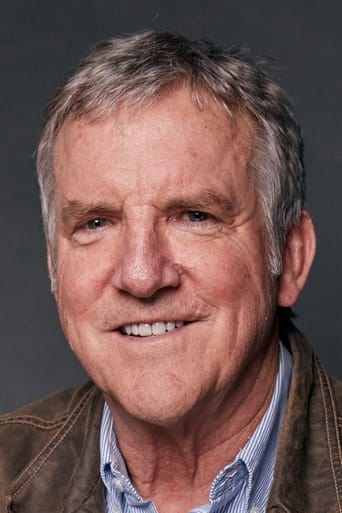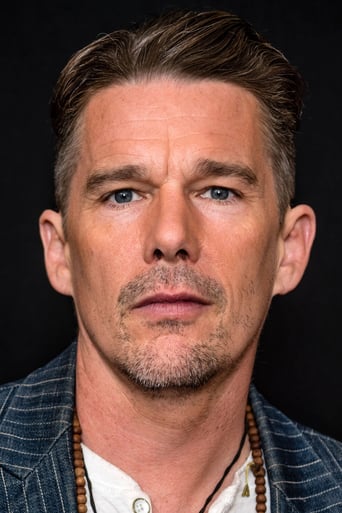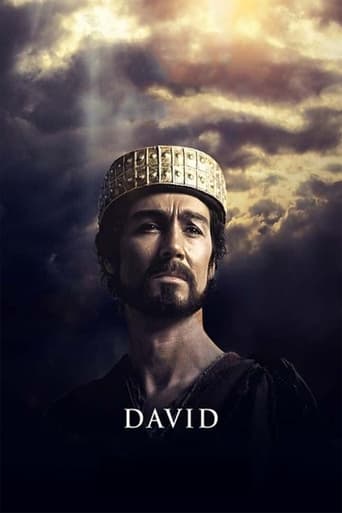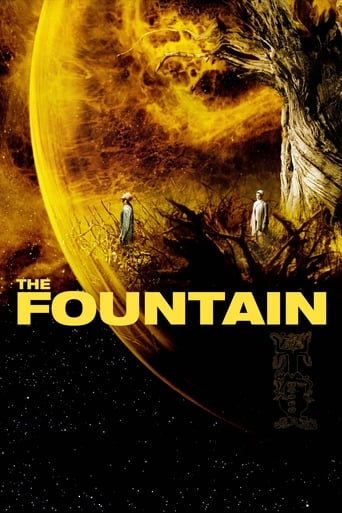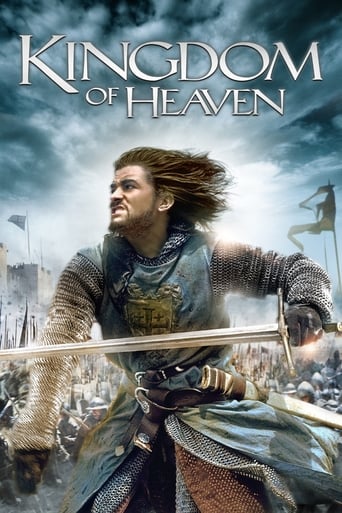Mea Maxima Culpa: Silence in the House of God (2012)
Academy Award®–winning documentary filmmaker Alex Gibney (Taxi to the Dark Side) explores the charged issue of pedophilia in the Catholic Church, following a trail from the first known protest against clerical sexual abuse in the United States and all way to the Vatican.
Watch Trailer
Cast
Similar titles

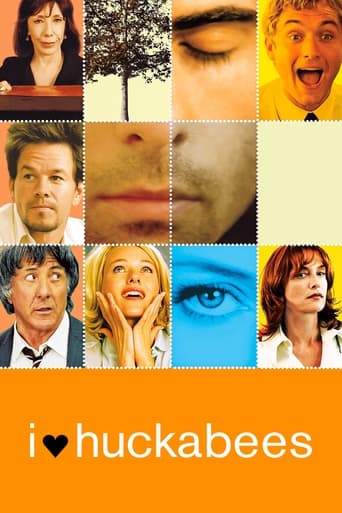
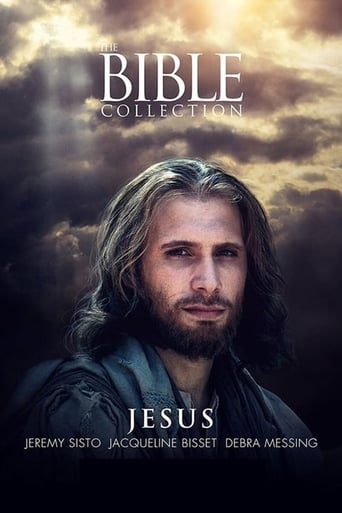
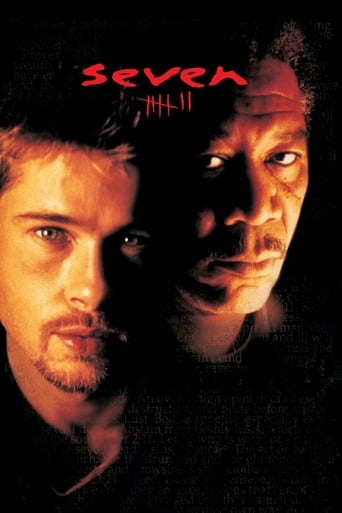
Reviews
Great Film overall
Good , But It Is Overrated By Some
This story has more twists and turns than a second-rate soap opera.
The film never slows down or bores, plunging from one harrowing sequence to the next.
Never a film-maker to shy away from trying to make sense of a somewhat catastrophic event or subject matter, Academy Award winning documentary film-maker Alex Gibney tackles the subject of paedophilia in the Catholic church. From the bottom, where apparently celibate priests have free reign over their own church relatively unsupervised to take confessions inside a broom cupboard and prey on children while they sleep, to the very top, where cardinals cover-up or ignore the problem, and the Pope fails to acknowledge the many flaws in their beloved system. It's a film of two halves, each powerful and expertly crafted in their own right, but failing to come together into a cohesive narrative.The first half is the most powerful and heart-breaking. Throughout the 1960's, priest Lawrence Murphy sexually molested in the region of 200 young boys. At the St. John School for the Deaf in Milwaukee, four men tell their own unique and frightening stories of the abuse they suffered and the lack of help available. Similar to many families in this period, their families could not sign and therefore could not understand their cries for help. Signing to the camera and narrated by actors Jamey Sheridan, Chris Cooper, Ethan Hawke and John Slattery, the four men's disabilities become a metaphor for the years of silence endured by other victims of no handicap, who over the course of time have heard their cries fall on closed ears, especially when it came to calling out for justice or at least an explanation from the Vatican itself.When the film shifts into its second phase, it becomes more conspirational and less human, throwing us facts and archive imagery as Gibney looks under every rock he can find. What he uncovers is hardly surprising - a huge Vatican cover-up and the relocation of many priests finding themselves under scrutiny from the locals were covered in somewhat less detail in Amy Berg's unsettling Deliver Us From Evil (2006) - but he is searching for some kind of explanation. Hearing of abuse cases dating back hundreds of years among the priesthood, it seems the Vatican see the problem more as an inevitability. It often feels like Gibney is clutching at straws, trying to find a link to every corner of the corridors of power, and the absence of any spokesperson from the Vatican is an admittedly unsurprising disappointment. But it avoids the pitch-fork waving approach, and tells us of a very real problem for which we have few answers for.
A documentary is only as good as its subject matter, and Mea Maxima Culpa: Silence in the House of God is a phenomenal examination and magnification of sexual abuse in the Catholic church, specifically at the St. John's School for the Deaf in Milwaukee, Wisconsin. The film interviews four deaf adults who claim to be molested by Father Lawrence Murphy when they were young, and continued to be molested until they graduated high school. They've kept quiet until now, apparently.When Terry Kohut, Gary Smith, Pat Kuehn, and Arthur Budzinski first arrived at St. John's, they marveled at the delicate, castle-like infrastructure and beautiful statues of Jesus Christ that stood proudly in the yard. They met the likes of several schoolboys their same age, made friendships, became close to the nuns, and even enjoyed the company of their priest, Father Lawrence Murphy. The men reflect on how they strove to meet Murphy's standards and tried ever so hard not to disappoint or upset him.Then the unthinkable happened; all four men, at separate times, were lured into Murphy's office and were told to either unclothe themselves or pleasure themselves in the presence of Murphy himself. The boys cooperated, as good Catholic children so often do, and immediately knew something wasn't right. Later on, they saw him molesting other boys, entering their bedrooms at all hours of the night and molesting them while they lay in bed. We're told that Murphy specifically singled out kids whose parents couldn't sign so they couldn't communicate with them and tell them what happened. Many of the children, when they received visitors from family, had to communicate through Murphy, so no word was ever even spoken about it.Even when the children sucked up the gumption to tell their parents, they didn't listen. Many thought of priests/popes as aesthetically and morally "perfect." They were the men of the Lord and how could they dare commit the atrocity that is child molestation? This went on for many years, as Murphy continued to molest deaf children and those already ill-equipped of formal communication. The boys had to find ways to tell people on the outside the horrors that went on in St. John's and actually made "Wanted" posters for Father Murphy, urging he was a "serial child molester" and needed to be stopped. Such courage from children should be admired, not silenced.After about fifty minutes of exploring the horrors in St. John's, director Alex Gibney shifts the focus to molestation and sexual abuse in The Vatican, and how the broken laws of the monumental church say that a priest convicted of molestation must be removed from his site, "rehabilitated," then sent back into another community perhaps having not learned a single thing. It explores how Pope John Paul II and Pope Benedict XVI's involvement with the questions raised about priest molestation and how the legislation should be adjusted or kept the same.The facts brought forth in Mea Maxima Culpa (which, in English, means "My most grievous fault") are appalling and disturbing. It was news to me that after being convicted of molestation, Cardinal Bernard Law was sent to another division of The Vatican, where he resided in a luxurious and illuminating palace. Is this what we show people what happens when you harm and endanger children? Even commentary on the issues by Popes shows they are more concerned about the well-being of the priests than the actual victims of the tragedy. The first statement they make is how they are horribly ashamed of the man committing the atrocities, rather than the young, corrupted youth who were on the receiving end. It becomes depressingly clear that they are more concerned about the church's name and well-being than the thousands affected by this.Alex Gibney, who also narrates the picture, is one of the smartest and most prolific documentarians working today. His Oscar-winning feature, Taxi to the Dark Side, exposed the Bush administration's acts of torture in the ongoing "War on Terror." His film The Last Gladiators details the lives of hockey enforcers that put their life and safety on the line in order to protect the team as a whole. His newest feature, We Steal Secrets: The Story of WikiLeaks, magnifies the controversial event of Julian Assange's website that is known for leaking confidential documents of the U.S. Government. Gibney is not just a brave soul, but one that does the job Frederick Wiseman would continue to do if he was younger. That job is exposing shady institutions and reading between the headlines in order to formulate a compelling feature. He is one of the smartest - if not, the smartest - documentary filmmaker in the business today.Lisa Rinzler's cinematography is akin to that of a horror movie revolving around the church and The Vatican. Reenactments of events are always shown in shadow, with a disturbingly bleak layer of black covering most of the screen, the interviews with the four men are conducted behind a pitch black backdrop, with light shining on their torso-area in one of the most stylistic approaches to an interview I've ever seen. The whole film has an eerie vibe, especially for a documentary about something as allegedly innocent as the church. From a stylistic/aesthetic standpoint, the picture is beautiful in its depiction of the terrible.If anything, we can say that we as a society have greatly moved past the senseless, empty-headed "godlike" worship of priests and popes, and are aware that many priests' actions have led to children having incomprehensible problems and lasting trauma due to sexual abuse and torment. Mea Maxima Culpa may inspire sickness, outrage, hatred, and condemnation towards the Catholic Church in The Vatican but, most importantly, now we know more about this issue and we must try to repair it. All it took were a countless amount of unfortunate children and a brazen documentary.
Are you aroused by molesting, abusing or raping young boys? If you could work for an employer that would let you indulge in these perversions whilst at the same time safeguarding you from prosecution, would a career with them be appealing? If the answer is yes, then the Catholic Church might be the place for you.The above, sadly, does not come from my deranged mind but it is the key theme in this harrowing documentary.It turns out that the combination of old fashioned "such blasphemous accusations come from enemies of the church" combined with a collusion form Mussolini that granted Vatican a state status thus exempting its leader from any prosecution, has resulted in an unprecedented cover up of crimes against humanity - essentially what child rape is.The story focuses on three individual cases of deaf boys in a Catholic school in the US, who although molested repeatedly by a priest-predator their cries were totally ignored as it turns out the agenda of the church was not to protect victims but its very own name and reputation.Whilst the unfolding of the story is devastating for the viewer (would have been so if it were fiction, let alone when it is reality) at the same time the perseverance of these victims and their refusal to give up pursuing this, not for the purposes of revenge but to ensure no other child suffers such fate is utterly moving and inspiring.More shocking than the facts alone, was the revelation that there has been an array of offending priests and an entire hierarchy going all the way to the highest echelons of the Vatican have joined forces to cover up such incidents, makes it hard to find any words to describe the river of emotions the viewer experiences.Ultimately, whilst Jesus remains the epitome of selfless philanthropy, it is a church that has an unfortunate track record not only in perversions committed but also perversions covered and perverts protected; no other instance comes to mind where so many sex predators can get away with so many committed crimes.I can only hope that the loud cries of these deaf boys, now men, can bring about winds of change and those who genuinely care about the reputation of the Catholic church ought to ensure that perpetrators are brought to justice.An emotional, difficult but highly recommended and didactic viewing.
After looking at the world of NHL pugilists in last year's outstanding The Last Gladiators, Mea Maxima Culpa: Silence In The House Of God finds director Alex Gibney returning to investigating abuses of power, a theme that has served him well in past efforts like Enron: The Smartest Guys In The Room and the Oscar-winning Taxi To The Dark Side. This disturbing exposé on the problem of child and youth sexual abuse in the Catholic Church focuses partly on the stories of five deaf men who are thought to be the first individuals to ever publicly protest abuses by clergy in the United States, after they were victimized by Father Lawrence Murphy at St. John's School for the Deaf in the suburbs of Milwaukee during the 60s and 70s. Gibney also takes a broader view of the subject by looking at other cases of clergy abuse (notably in Ireland) and the systematic cover-ups of these crimes by the Catholic Church's top officials, whose unofficial policy on the matter is to "deny, minimize, and blame", according to one journalist interviewed. "Mea Maxima Culpa's" Latin translation is "my most grievous fault".Although the five St. John's victims have been working for over three decades to call attention to the issue and seek justice for their suffering, their story gained traction after New York Times writer Laurie Goodstein wrote an article in 2010 about the Vatican's failure to defrock Murphy, despite the fact that they were presented with undeniable evidence of his crimes and received strong warnings from some American church officials. Murphy is believed to have molested over 200 boys at the boarding school from the 50s until 1974, when he was transferred to another parish. The Vatican was alerted of Murphy's behaviour in 1963 and did nothing. Actors Jamey Sheridan, Chris Cooper, Ethan Hawke, and John Slattery give voice to the victims, who use sign language with punctuated hand slaps to express the horrors they endured at the hand of Murphy and the shame that followed. Murphy's textbook predatory behaviour found him singling out what he perceived as the weaker students and further exploiting the fact that they faced an obvious barrier in communicating over the phone with their families. Three of the victims, including Terry Kohut, who sued the Catholic Church and named the current Pope in his lawsuit, were on hand for the world premiere TIFF screening I attended and gave their emotional reaction to it afterwards at the Q & A through a sign language interpreter. Just knowing that they were in the audience and reliving their pain while seeing the finished film for the first time added an extra significance and weight to the proceedings.The investigations resulting from the Kohut lawsuit ended up leading to the discovery of secret Vatican documents that detailed many instances of sexual abuse cover-ups that reach to the highest levels of the Catholic Church, with Popes John Paul II and Benedict XVI (then Cardinal Joseph Ratzinger) substantially implicated. In the years before being anointed Pope, Ratzinger oversaw a Vatican council that monitored sexual abuse cases in the Church, so his post-anointment claims of being unaware of most of what was occurring seem highly unlikely. How his and his predecessor's culpability and mishandling of these tragic cases hasn't been a much larger media story is difficult to understand.That aside, overall media coverage of child and youth sexual abuse in the Catholic Church has, sadly, become an all-too-familiar story that one almost becomes numb to. Gibney rises to the challenge of presenting a fresh take on a much-discussed important subject with this well-researched and powerful film. My only real negative about it are the re-enactments that Gibney employs, even if they are artfully composed and beautifully shot, using plenty of religious imagery. Re-enactments are a staple of Gibney's work (not to mention Errol Morris'), but the stories he tells are usually compelling enough and, in my opinion, the end results are slightly diminished with this gimmicky device that feels like an imagination crutch for the audience.



